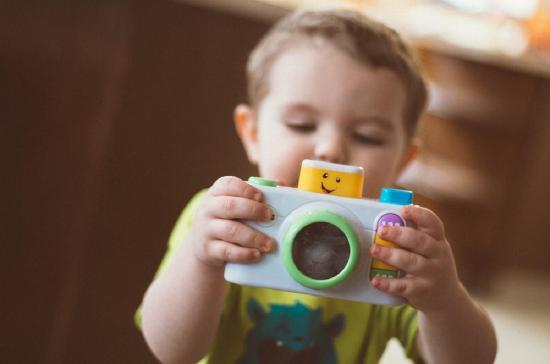8 Ethical Guidelines when Observing Children
Every day, teachers observe, record and capture essential moments in a child’s development. The evidence and artifacts that are gathered are then used to plan curriculum and assess development. Although we have highlighted the importance of gathering work samples and observation evidence as a key element to be an intentional teacher, we must also consider the perspective of the child. In the article “Who is Watching? Thinking Ethically about Observing Children” the authors highlight some of the ethical tensions that can arise within early childhood settings when trying to balance the rights of children, the responsibilities of teachers and the role of a student who is training to be a future teacher.
In most classrooms, a typical day includes teachers grabbing their cameras to take snapshots of the children in their care so that they will have ample documentation. Consider this – does the teacher’s presence change the context of the child’s experience? Does the thought of being monitored make the child behave any differently? How does the child feel about having their picture taken? Are teachers becoming overly concerned about capturing children in precious moments, rather than being engaged in teachable moments? As a “student” who is learning to observe and document a child’s development it is important for you to consider the following guidelines when observing children:
- Take every precaution to maintain confidentiality and to ensure privacy
- Remember to ask if it is OK to take photographs of children and their work
- Understand that children have the right not to take part in activities
- Be respectful and keep a reasonable amount of space between you and the child so as not to interfere with their play and learning
- Be attuned to children’s body language, temperament and styles of communication
- See each child as a unique individual who has their own perspective, set of feelings, interests, and way of socializing, along with their own cultural context, belief system, and values
- Be upfront and inform children about the purpose of your observation visit if you are approached
- Share information with the child about what you have observed when appropriate
- Write quotes down just as they were said without adding context, or trying to rationalize what the child may have meant
- Be aware that photos and observation data should be collected in a non-intrusive manner
- Ensure that observation evidence and photos are used only for the purposes intended
- Handle photos and data with care and sensitivity, and always store information securely
- Realize that a child’s reactions, behaviors and conversations may not be what you expect and therefore you should refrain from being judgmental or tainted by your cultural biases
By following these guidelines, you are providing the children you observe with the respect they deserve while ensuring their dignity and safety. The centers and programs where you are observing are trusting you to act with integrity while you are at their site observing their children. Lastly, families will appreciate that you have their child’s best interest at heart.


